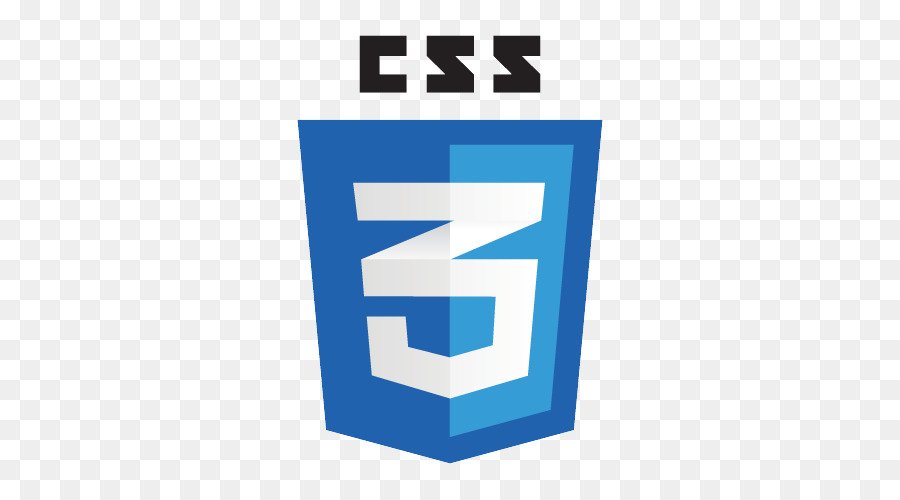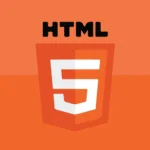In the ever-evolving world of web development, CSS (Cascading Style Sheets) stands as a powerful language that breathes life into the static structure of HTML. CSS empowers developers to transform web pages into visually stunning and aesthetically pleasing creations, with precise control over layout, typography, colors, and animations. In this comprehensive guide, we’ll embark on a journey through the intricacies of CSS, from the basics to advanced techniques, unlocking the secrets to crafting beautiful and engaging web experiences.
1. Understanding CSS
CSS is a style sheet language used to describe the presentation of a document written in HTML. It works by selecting HTML elements and applying styles to them, altering their appearance and layout. CSS styles can be applied directly within an HTML document using inline styles, embedded within a <style> element in the document’s <head>, or linked externally to the HTML document via a separate CSS file.
2. Basic CSS Syntax
CSS syntax consists of a selector, followed by a set of curly braces containing one or more declarations. Each declaration includes a property and its corresponding value, separated by a colon.
selector {
property: value;
}
For example, to set the color of all <p> elements to red:
p {
color: red;
}3. Selectors
Selectors are patterns used to select the elements to which CSS styles should be applied. CSS offers a wide range of selectors, including:
- Element selectors: Select elements based on their HTML tag name.
- Class selectors: Select elements with a specific class attribute.
- ID selectors: Select a single element with a specific ID attribute.
- Attribute selectors: Select elements based on their attribute values.
- Pseudo-classes and pseudo-elements: Select elements based on their state or position in the document.
/* Example of class selector */
.my-class {
color: blue;
}
/* Example of ID selector */
#my-id {
font-size: 20px;
}
4. Box Model
The CSS box model describes the layout of elements on a webpage, consisting of content, padding, border, and margin. Understanding the box model is essential for controlling the spacing and sizing of elements.
/* Example of box model properties */
.box {
width: 200px;
height: 100px;
padding: 20px;
border: 1px solid black;
margin: 10px;
}
5. Responsive Design
With the proliferation of mobile devices, responsive design has become a crucial aspect of modern web development. CSS offers several techniques for creating responsive layouts, such as media queries, flexible grids, and fluid typography.
/* Example of media query for responsive design */
@media screen and (max-width: 600px) {
.container {
width: 100%;
}
}
6. Advanced CSS Techniques
CSS provides a wealth of advanced techniques for creating sophisticated and interactive web experiences, including:
- CSS animations and transitions: Bring elements to life with smooth animations and transitions.
- Flexbox and Grid layout: Create complex and responsive layouts with ease.
- CSS variables: Define reusable values to maintain consistency and simplify maintenance.
- CSS preprocessors: Use tools like Sass and Less to enhance CSS with variables, mixins, and functions.
/* Example of CSS animation */
@keyframes slide-in {
from {
transform: translateX(-100%);
}
to {
transform: translateX(0);
}
}
.slide {
animation: slide-in 1s forwards;
}
Welcome to DevTechTutor.com, your ultimate resource for mastering web development and technology! Whether you're a beginner eager to dive into coding or an experienced developer looking to sharpen your skills, DevTechTutor.com is here to guide you every step of the way. Our mission is to make learning web development accessible, engaging, and effective.












